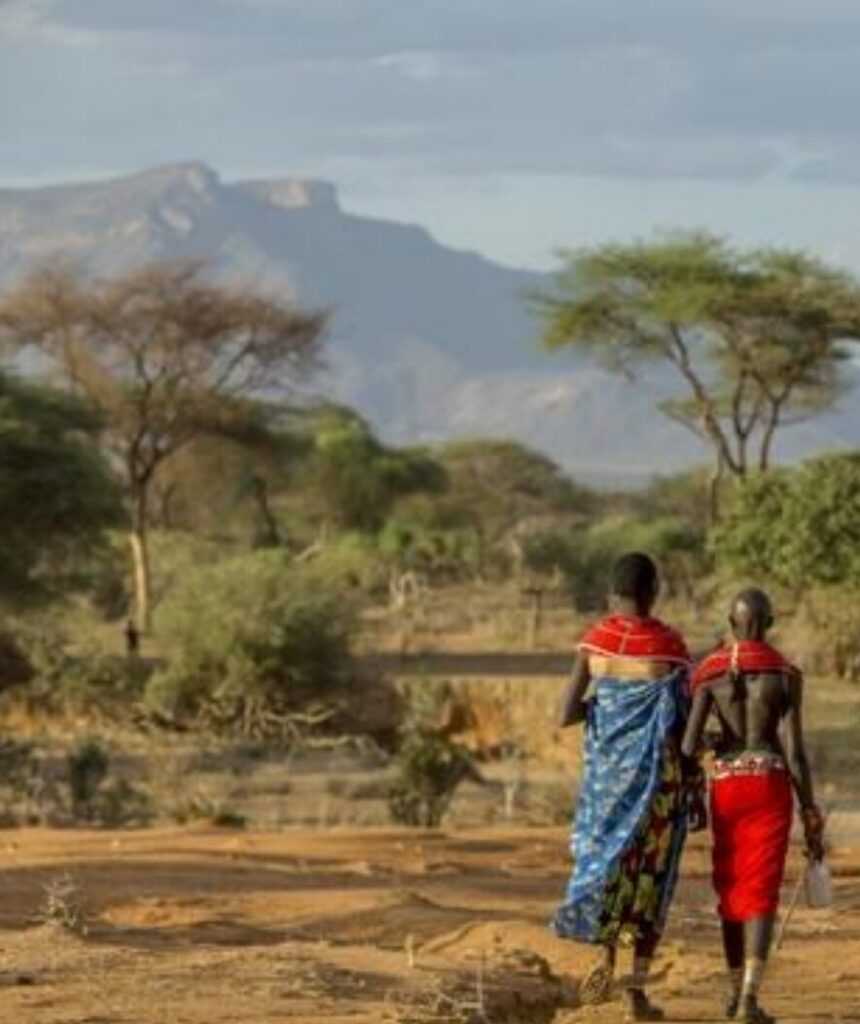Restoring nature and peace threatened by climate change: monitoring human security benefits of EbA in Kenya
Project Information
Grasslands provide several biodiversity, climate mitigation and socio-economic benefits, including the retention of soil carbon, habitat for a large diversity of animals and plant species, forage for livestock, and tourism. However, the benefits that grasslands provide are being jeopardized by climate change as more intense and frequent droughts negatively affect water provision, leading to the encroachment of woody species that present a survival advantage over grasses and to the prevalence of grasses that are less palatable for cattle. These impacts are further exacerbated by degradation, overgrazing, and land conversion.
In Kenya, grassland restoration has shown to increase the income of pastoralists and could promote peace and strengthen human security due to the reduction in human-human and human-wildlife conflicts over limited water and fodder availability. This project conducted innovative research to build evidence on ecosystem-based adaptation interventions by understanding whether grassland restoration can help to maintain peace and human security in the context of a changing climate.
Project Achievements
1. Generated Robust Evidence on Grassland Restoration and Conflict Dynamics: Four household surveys were implemented to understand the linkages between grassland restoration and conflicts, reaching 1,567 households. Findings showed that 88.9% of households interviewed experienced human-wildlife conflict during the time of the interviews, while 94.6% of the total number of households interviewed implemented strategies to mitigate human-wildlife conflicts. In contrast, a much lower percentage of households experienced social conflicts (32%), yet a high percentage of households use strategies to deal with human-human conflicts (87.04%).
2. Demonstrated the Conflict-Reducing Potential of Grassland Restoration: Data analysis revealed a negative and significant correlation between the area of grassland restored in each site and the number of human-wildlife conflicts, highlighting that conflict levels decrease as the area restored increases. There was also a negative and significant correlation between areas restored and the number of social conflicts. While the team did not find a decrease in human-wildlife conflicts through time as expected, the results did show an overall decrease in social conflicts through time, as well as a reduced sense of insecurity.
3. Identified Environmental Stressors as Perceived Drivers of Conflict: One similarity between human-wildlife conflicts and social conflicts is that environmental-related issues (e.g., droughts, limited water, limited grasslands) are overwhelmingly perceived as the main cause of conflicts.
Project Status
Completed – 31 December 2023
Key Metrics
Implemented By:
Conservation International
 (CI)
(CI)
Conservation International
Why consider climate resilience and conflict sensitivity in management plans, conservation and restoration projects?

Donatti CI, Moraga-Lewy N, Nyongesa J, Mwanzia M, Edmond J and Fedele G (2025)
Grassland restoration impacts human-wildlife and social conflicts in the Chyulu Hills, Kenya

